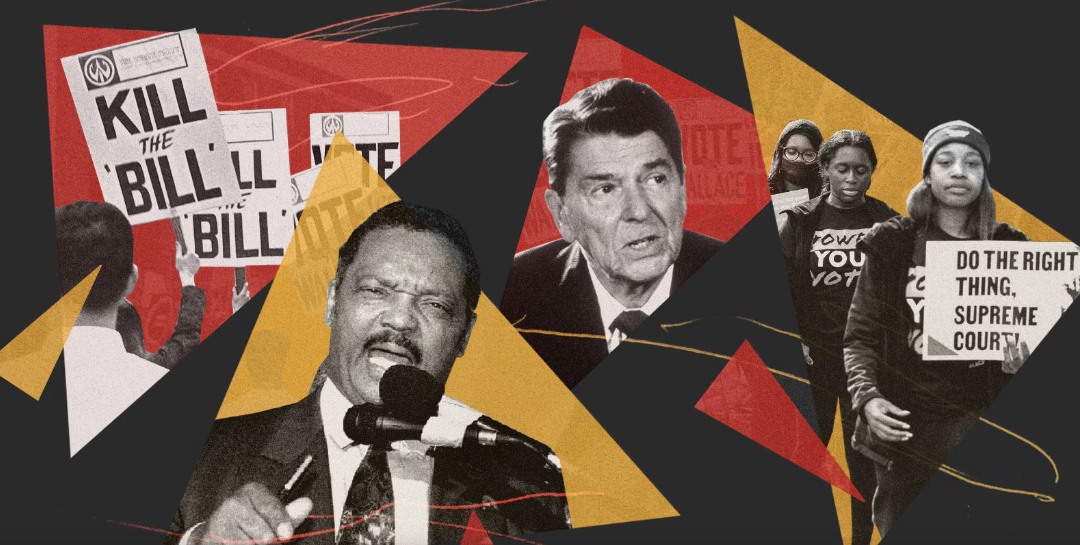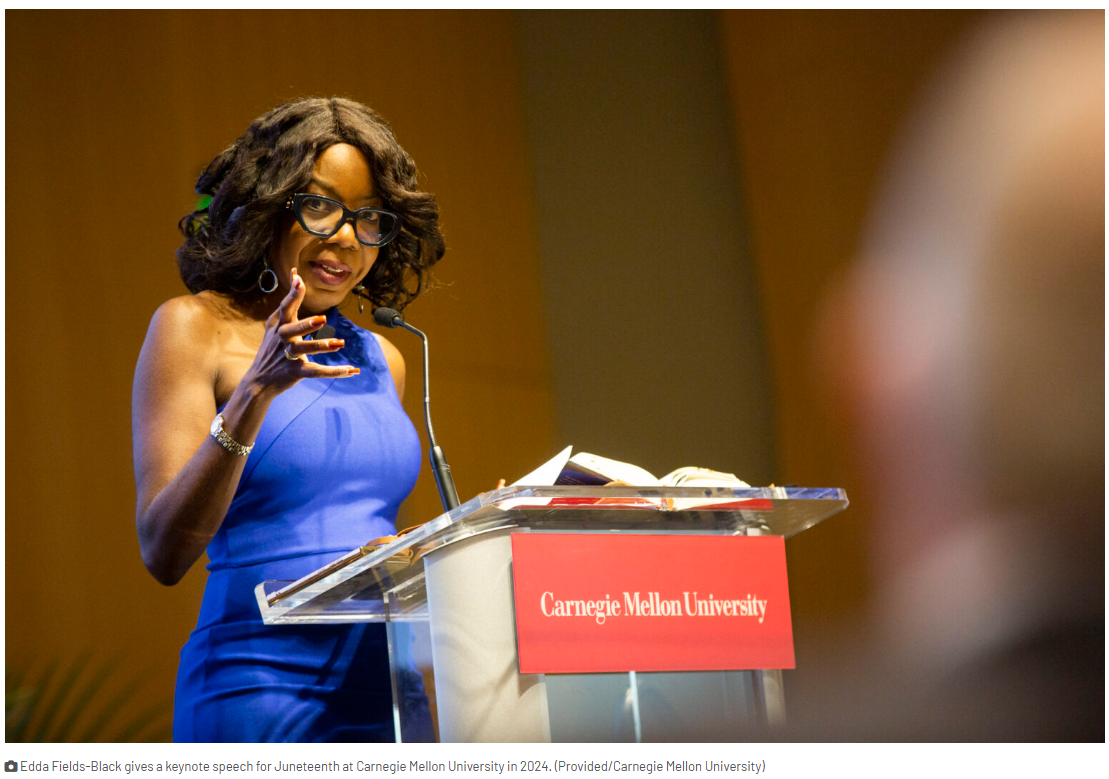Conservative activists have filed dozens of complaints against Fortune 500 companies alleging discrimination against White people. Long-standing federal programs created to benefit minority-owned businesses find themselves on shaky ground; on Tuesday, a Texas federal judge ordered that a 55-year-old agency must serve all races. And the resignation of Harvard’s first Black president amid allegations of plagiarism and antisemitism on campus has been claimed as a victory by critics intent on dismantling diversity, equity and inclusion (DEI) programs in academia and the private sector.
Such policies divided Americans long before President John F. Kennedy popularized the term in 1961, when he urged defense contractors to “take affirmative action” to hire workers “without regard to their race, creed, color, or national origin.” Even as these policies have fueled upward mobility for women and minority groups, they have faced intense backlash. Here’s a look at the history of affirmative action and the moments that have advanced and repelled it.
Chapter 1

1865
March 13, 1866
March 27, 1866
1872
 Andrew Johnson. (Library of Congress)
Andrew Johnson. (Library of Congress)Chapter 2

March 1961
 President-elect John F. Kennedy in January 1961. (AP)
President-elect John F. Kennedy in January 1961. (AP)1961 — 1962
1964-1965
Late 1964
Chapter 3

1969
1969 — 1970
 President Richard Nixon in 1970. (Bettmann Archive)
President Richard Nixon in 1970. (Bettmann Archive)1970s
 Allan Bakke, whose lawsuit set a precedent for affirmative action cases, at the University of California at Davis in 1978. (Walt Zeboski/AP)
Allan Bakke, whose lawsuit set a precedent for affirmative action cases, at the University of California at Davis in 1978. (Walt Zeboski/AP)1979
Chapter 4

1982
 Clarence Thomas at the Equal Opportunity Employment Commission in 1982. (Afro American Newspapers/Gado/Getty Images)
Clarence Thomas at the Equal Opportunity Employment Commission in 1982. (Afro American Newspapers/Gado/Getty Images)1985
 President Ronald Reagan in 1985. (Hulton Archive/Getty Images)
President Ronald Reagan in 1985. (Hulton Archive/Getty Images)Chapter 5

July 1992
 President George H.W. Bush signs the Americans With Disabilities Act in 1990. (Getty Images)
President George H.W. Bush signs the Americans With Disabilities Act in 1990. (Getty Images)June 1995
March 1996
November 1996
 People protest Proposition 209 in Santa Ana, Calif. (Alex Garcia/Los Angeles Times/Getty Images)
People protest Proposition 209 in Santa Ana, Calif. (Alex Garcia/Los Angeles Times/Getty Images)November 1996
November 1997
November 1998
November 1999
Chapter 6

November 2000
June 2003
 The University of Michigan campus in 2003. (Bill Pugliano/Getty Images)
The University of Michigan campus in 2003. (Bill Pugliano/Getty Images)November 2006
June 2007
November 2010
Chapter 7

January 2012
June 2016
June 2020
 Protesters in Chicago after the death of George Floyd. (Tim Gruber for The Washington Post)
Protesters in Chicago after the death of George Floyd. (Tim Gruber for The Washington Post)January 2022
June 2023
 The United States Supreme Court in 2023. (Jahi Chikwendiu/The Washington Post)
The United States Supreme Court in 2023. (Jahi Chikwendiu/The Washington Post)Methodology
This timeline is based interviews with historians, sociologists and DEI experts, as well as the books “The Pursuit of Fairness: A History of Affirmative Action” (2005) by Terry H. Anderson; “The Affirmative Action Puzzle” (2020) by Melvin I. Urofsky; and “Inventing Equal Opportunity” by Frank Dobbin (2009).
About this story
Editing by Lisa Bonos, Robbie Olivas DiMesio, Lori Montgomery and Karly Domb Sadof. Design editing by Betty Chavarria. Photo editing by Haley Hamblin.
Illustrations by Emma Kumer/The Washington Post with images from (in order of appearance) FPG/Archive Photos/Getty Images; Reuters; Hulton Archive/Getty Images; Eric Lee for The Washington Post; the Library of Congress; Jack Delano/PhotoQuest/Getty Images; Jackson State University/Getty Images; Walt Zeboski/AP; Frank Wiese/AP; Marcio Jose Sanchez/AP.
–washingtonpost.com



